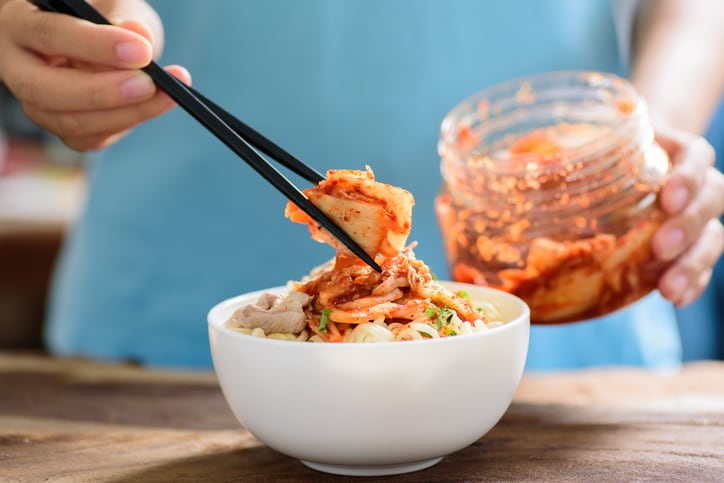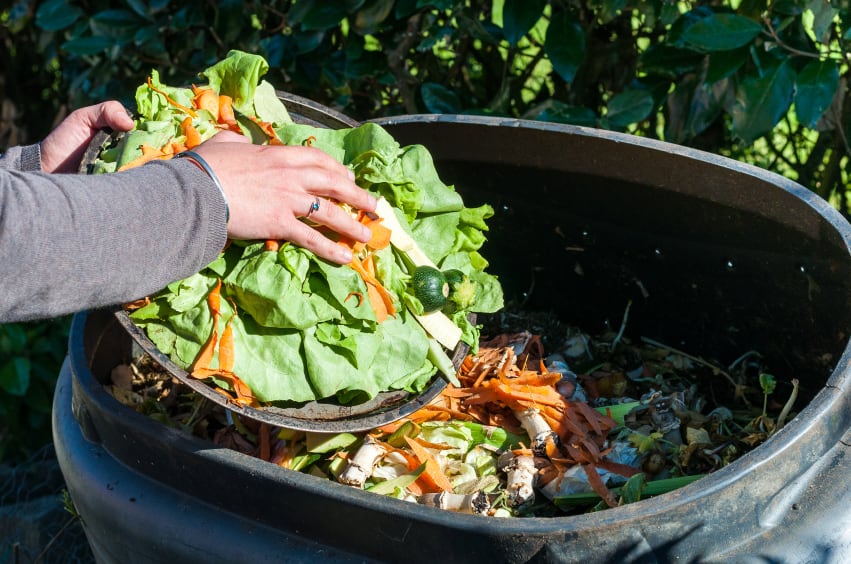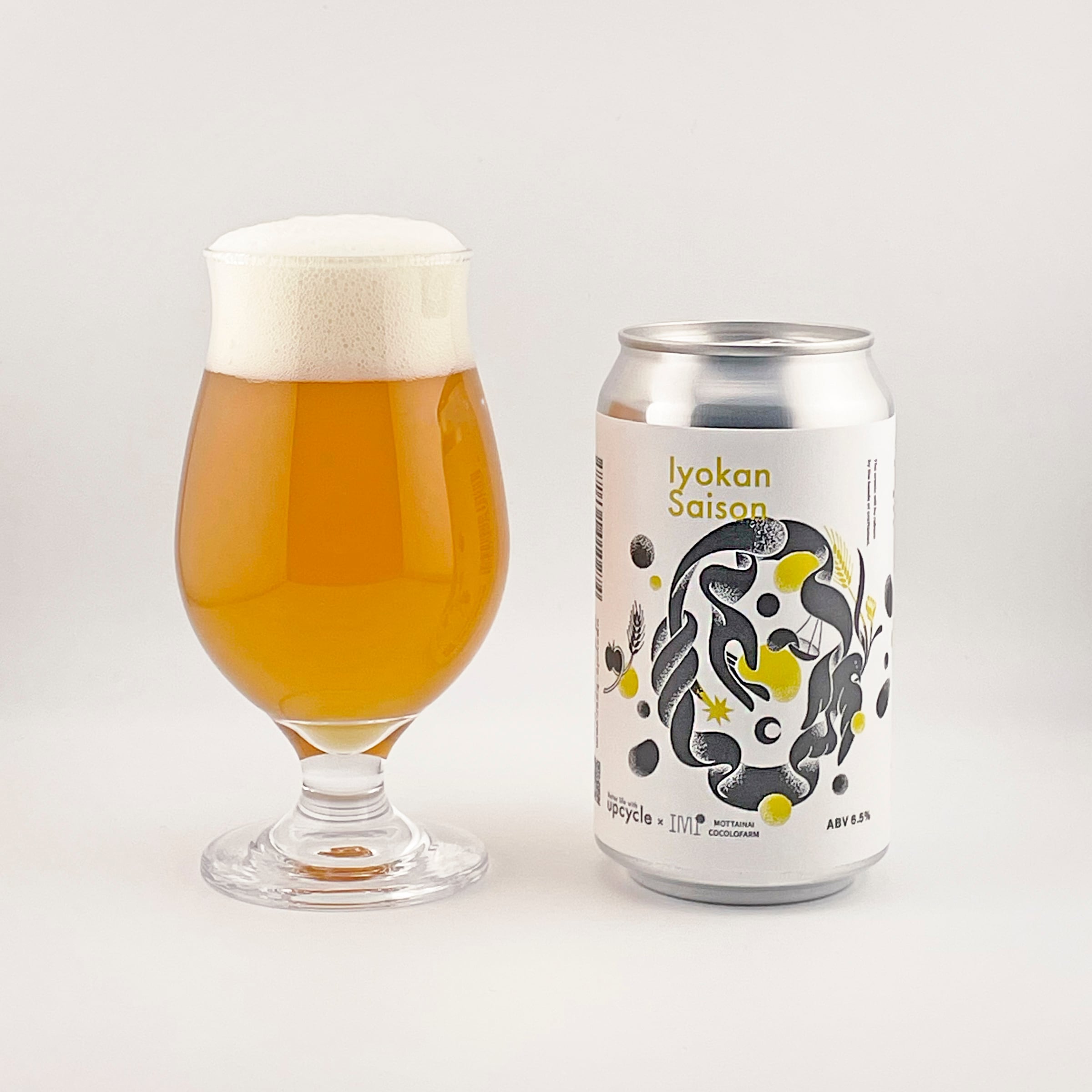Sustainability has become an increasing important component of many companies’ business strategies today, with a lot of focus placed on areas such as plastic reduction, packaging recycling and cleaner energy use.
All of this goes towards the overarching goal of reducing carbon emissions and footprints, and to this end food and beverage companies everywhere have also had to focus on the reduction of food waste and food loss.
However, according to a panel of experts, progress remains slower than expected in markets such as Asia.
“At this time, we know that around one-third of the world’s food is in fact still being wasted, in that it is not being eaten by humans,” Global FoodBanking Network (GFBN) Food Systems Partnerships Senior Director Ignacio Gavilan told the floor at the recent ThaiFex-Anuga Asia 2025 show in Bangkok.
“To illustrate this number, in 2024 GFBN distributed some 757m kilos of surplus food to approximately 40 million people worldwide – and this number may sound impressive, but it in fact represents less than 2% of global food waste, showing the scale of the problem.”
Joining Gavilan on this panel were Nestle Thailand Public Affairs Manager Santana Chatnukrob, Scholars of Sustenance Foundation (SOS) Director of Operations and Communications Tanaporn Oi-Isaranukul, Humane World for Animals Food Policy Program Manager South East Asia Janjaree Chianwichai and DKSH FMCG Insights Director Stuart Turnbull.
No communication, no efficiency
A common concern amongst the panellists was the lack of efficiency of current systems to reduce or distribute food waste, especially in a time when there are in fact many people in-need who would have no qualms accepting this.
“Communication is actually the most important factor when it comes to establishing a successful sustainability-focused system for food recovery,” Oi-Isaranukul said.
“The process itself might seem straightforward but there are many parameters to be considered – ideally the food products will first go from manufacturer to retailer and sold, but if not sold in time then the process must be in place for this to be returned to the manufacturer, whereupon food banks can take over.
“There is also the need for the managers of this process to understand the product characteristics such as shelf life, transportation conditions needed, ingredients, likely condition upon reaching the end-consumer, expiry dates and so on.
“This is crucial as it is not enough to take ‘unwanted’ food and just pass it on to the needy – people need to know what they are receiving and what to expect, and there are food safety considerations as well.
“Communication also needs to go the other way to be effective – the food banks need to collect all the impact information possible (such as the number of meals distributed and number of recipients) and inform the manufacturers.
“This is what will be truly valuable to the food industry as it will indicate how much carbon has been saved at the end of the day and the overall social impact, which will in turn go a long way towards achieving their sustainability targets.”
SOS has a key partnership with Nestle Thailand that places a lot of emphasis on this aspect.
“If all food companies took the time to look more closely upstream and downstream of their supply chains and identify where their food waste or food loss is coming from, there is a lot of potential there to improve sustainability practices,” Chatnukrob said.
“This is especially true for FMCG food companies like Nestle as the products we make are among the most suitable for food bank collaborations – for us, many of these have been instant noodles, chocolates, cornflakes and the like.
“The merits of this became very obvious recently in Thailand after the earthquake hit, when a lot of people were in need of sustenance and nutrition quickly, not only the victims but also the rescue workers.
“Without having worked out the processes earlier on, so much food would have gone to waste after the earthquake and not been redistributed effectively.”
Upcycling must become more commonplace
Looking beyond food redistribution, the panel also agreed that upcycling has a lot of merit in helping companies reach sustainability goals.
“The key to upcycling is, in a nutshell, creative recipes and processing,” Chianwichai told the floor.
“There are many examples out there of how food waste has been turned into new, edible products that have found new audiences – for example, we have developed crackers made using papaya seeds, a very novel concept using a part of the plant that would usually automatically be discarded.”
More generally, Oi-Isaranukul added that upcycling can come into play for most food and beverage companies.
“The first step is to realise that a lot of food waste may not actually be ‘waste’ per se, once it is handled properly,” she said.
“Once the perception of what ‘needs’ to be thrown away can be shaken, only then can education and awareness really make a difference in the industry.”





